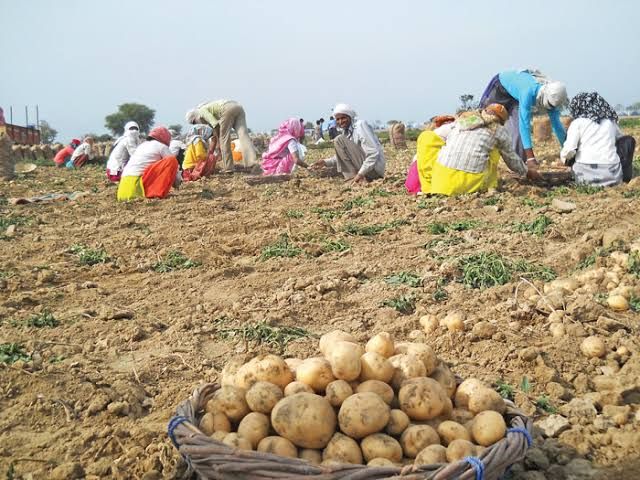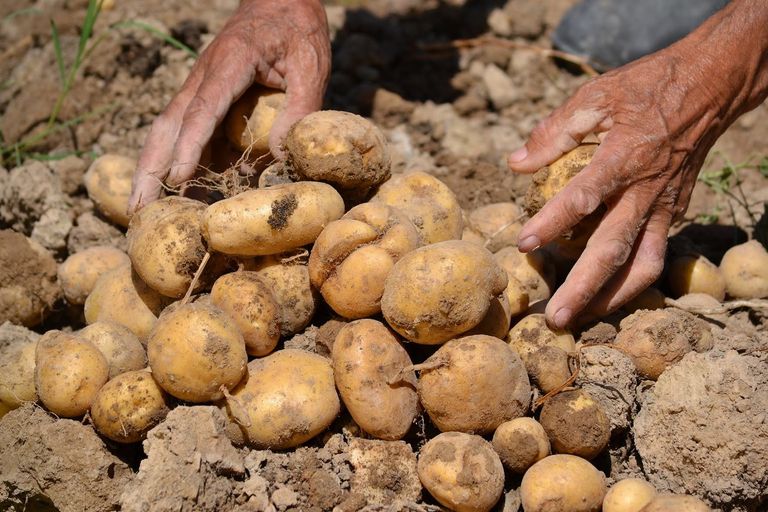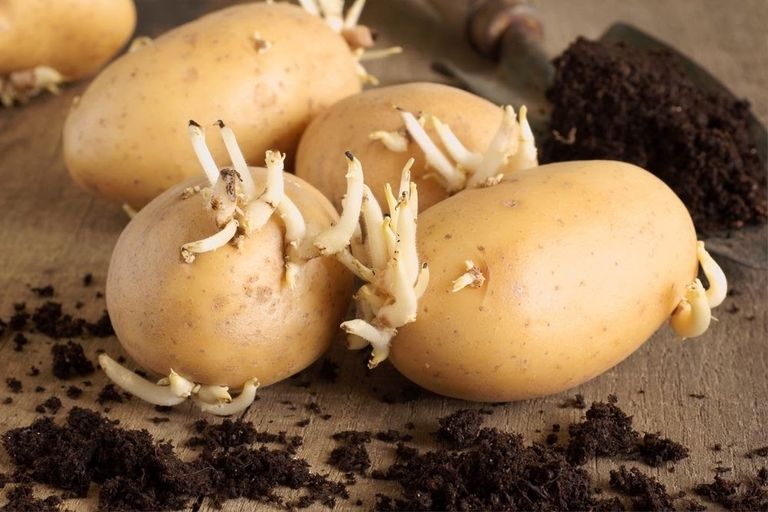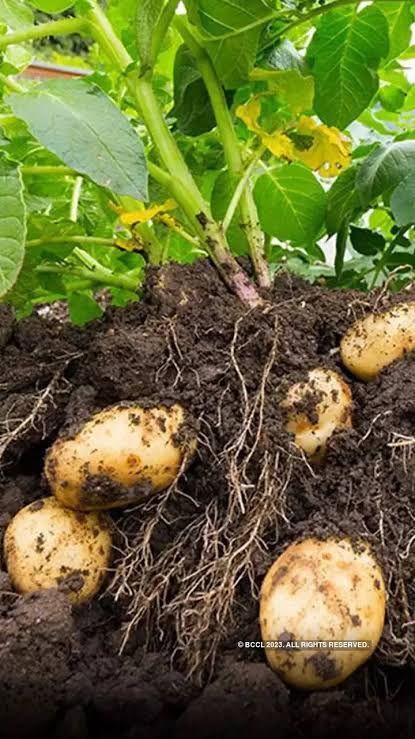
This is the right time for potato cultivation, for good production and to avoid losses, farmers should keep some things in mind from sowing to harvesting.
In most areas, sowing of potatoes starts with the harvesting of paddy, but many times the farmer applies expensive fertilizers, seeds and works hard in farming, but does not get a good yield. In such a situation, farmers can earn good profits from potato farming by keeping some things in mind from the beginning.
Potato cultivation starts from field preparation to seed selection, hence farmers should provide paddy right from the beginning. Dr. Daya Shankar Srivastava, Agricultural Scientist (Crop Protection) of Krishi Vigyan Kendra, Sitapur and Bhanwar Pal Singh, a progressive farmer from Kanpur who has been honored many times for potato cultivation, are explaining the mathematics of potato cultivation.

He further says, "For this, the most important thing is to get the soil tested, if the soil has not been tested then it should be seen that the farming soil should be sandy loam and the pH can be easily tested if the pH value of the soil is If the soil is between six to eight and has proper drainage, the water is draining well from the field, then the field is suitable for potato cultivation.
Not only potatoes, while starting any farming, one should check the health of the soil of the field. Therefore, it has to be seen what is the amount of organic carbon in the field. If you add organic fertilizers like cow dung or chicken manure to the soil of the field, then the potatoes in your field will not turn green. It will not be sweet, the production will be good and the ability to fight pests and diseases will also be high. Therefore, use organic fertilizers in the soil as much as possible.
Selection of seeds is most important in potato field. After preparing the field, the most important task is to select disease-free seeds of good quality. Dr. Daya explains, "The biggest problem in potato is early and late blight. Due to this, farmers have to suffer a lot of loss. So we have to prepare for this in advance. There are many resistant varieties for this. So if If you are going to cultivate potatoes for the first time, then select only resistant varieties for sowing. So that these varieties have the ability to fight diseases. Therefore, start farming with normal potato varieties only."

In potato farming, along with seed treatment, land treatment is also very important. Seeds can be purified by both biological and chemical methods. If you purify the seeds organically, then dissolve both Trichoderma and Pseudomonas by adding a little jaggery in five milliliters of water per liter of water, and if farmers purify the seeds chemically, then dissolve the seeds with Carbendzim at the rate of two grams per liter. Can be purified. It also faces the problem of many types of pests, hence chloropyrophos can be treated by making a solution of 2 ml per liter of water.
This is the purification of the seed. Now comes the turn to treat the field in which potatoes are to be sown, because many types of bacteria or fungi are already present in it. So for this, take one quintal of cow dung manure, add one or two liters of Trichoderma and one or two kilos of jaggery, mix it and leave it for ten to twelve days. In 10-12 days it will spread throughout the compost. Along with this, take one quintal of cow dung manure from Bioveria bassiana and add a solution of one or two kilos of jaggery and keep it in the shade. Keep it for 10-12 days and also mix Metarhizium in one quintal of cow dung manure. Now after ten-twelve days, mix these three together and mix them in the entire field at the time of field preparation. This will solve half the problems of your farm.
Progressive farmer Bhanwar Pal Singh shares his experience of potato cultivation, "In the field where potatoes are to be sown, pulse crops like urad should be planted once, so that the amount of nitrogen in the soil remains intact and the soil and structure are maintained." Green manure should also be used. Do deep plowing of the field once in summer, so that the insects and pests in the field die."

For sowing, seeds should be 25-25 mm to 45 mm. Try not to sow the seeds after cutting, but if the number of seeds is between 45 to 50 then the seeds have to be cut. If we are sowing for seeds then do not mow at all, even if you increase their distance. The field should be absolutely clean and the soil should be loose. If we sow by machine, ten to twelve quintals of seeds are required per acre.

Bhanwar Pal Singh says, "Sow on time and choose only disease free seeds. The most dangerous disease of potato is late blight disease. If farmers cultivate potato seeds, there is a danger of white fly in January and February. Therefore, all the leaves of the potato crop should be cut. Try to minimize the need to apply pesticides or insecticides, hence the most important thing is to inspect the field regularly.
All types of vegetables are made from batata.